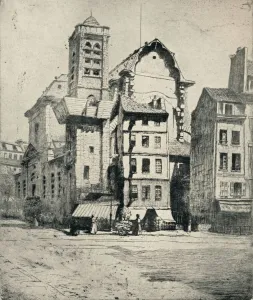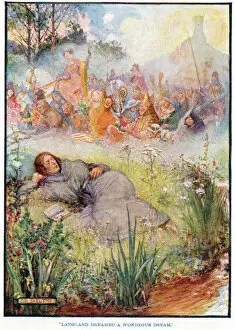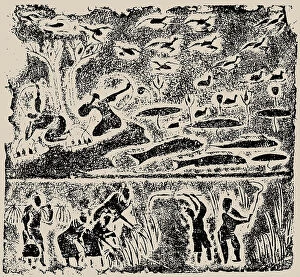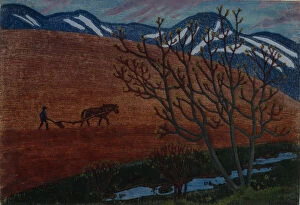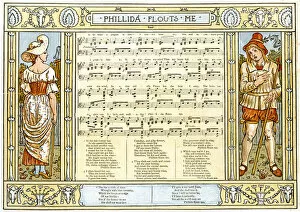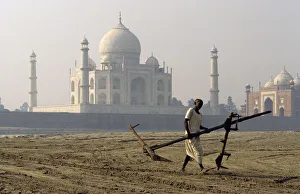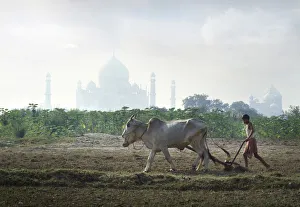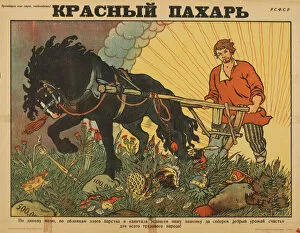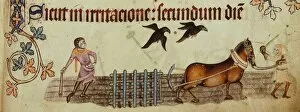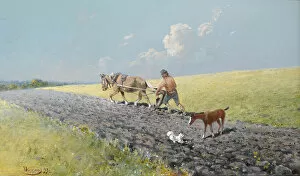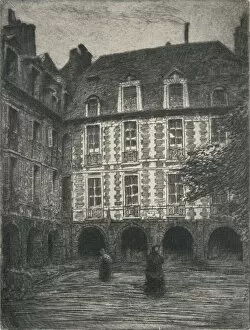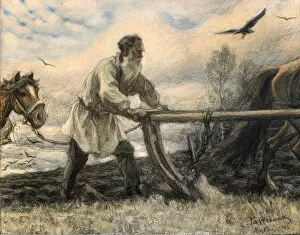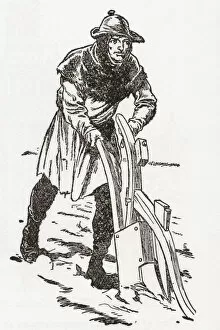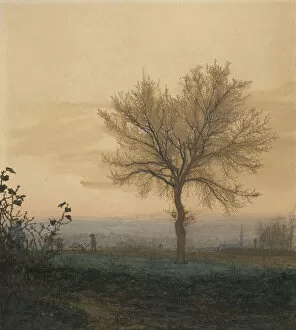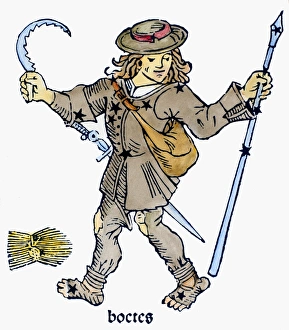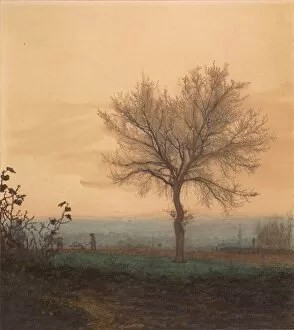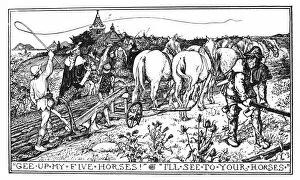Plowman Collection
"The Plowman: A Symbol of Labor and Tradition" The image of the plowman has been a recurring motif throughout history, representing hard work, agricultural traditions
All Professionally Made to Order for Quick Shipping
"The Plowman: A Symbol of Labor and Tradition" The image of the plowman has been a recurring motif throughout history, representing hard work, agricultural traditions, and the connection between man and nature. From ancient tapestries to modern paintings, this figure embodies the essence of laborious tasks that shape our societies. In Church of St Nicholas-du-Chardonnet in 1915, artist George T Plowman captures the solemnity and reverence associated with this occupation. The painting serves as a reminder of the importance placed on agriculture within religious contexts. Another significant reference to the they are be found in "The Vision of Piers the Ploughman, " an allegorical poem from medieval England. Here, Piers symbolizes both an ordinary farmer and a spiritual guide for society's moral improvement. The Bayeux Tapestry further immortalizes this archetype through its depiction of Duke William's envoys visiting Count Guy de Ponthieu. The scene showcases how even powerful figures relied on humble plowmen for their sustenance. Artistic interpretations continue to evolve over time; one such example is "The Ploughman" painted on canvas. This piece portrays a solitary figure against a rustic landscape, emphasizing solitude amidst arduous labor. Music also pays homage to this timeless character. In "Phillida Flouts Me, " song illustration from Pan-Pipes magazine, we witness love's torment compared to the hardships faced by plowmen in their daily lives. Traveling eastward brings us to India's Taj Mahal where sculptures depict men carrying plows or using oxen for tilling fields. These intricate carvings highlight how deeply ingrained farming practices are across cultures worldwide. Not limited solely to visual arts or music, literature too embraces this theme as seen in Mikula Selyaninovich folklore tales from Russia where he is depicted alongside Volga fireplace - symbols representing warmth and sustenance. Even in the modern era, the plowman's significance endures.

